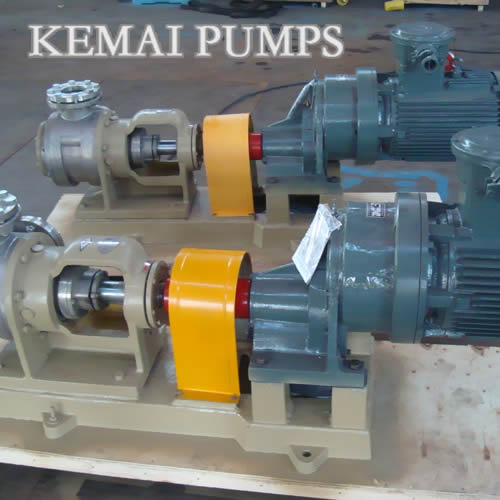

7, 8 The pneumatic valves and peristaltic pumps that are now being used in many microfluidic devices would not be possible without the high level of deformability of PDMS. The bulk properties of PDMS are equivalent to an incompressible rubber-like elastic material, with a Young’s modulus E typically in the range of 0.5 to 4 MPa and a Poisson ratio of σ = 0.5. 6 Additional advantages of PDMS over other materials include its optical transparency and its elasticity. 5 The elastomer polydimethylsiloxane (PDMS) has been used in particular for this purpose because of its ability to replicate features down to sub-micrometre length scales, such as photolithographically defined channel networks, and the ease by which the resulting molded layers can be assembled into fully functional microfluidic chips.

Soft lithography continues to spur the development of microfluidic technology by providing a fast and easy method for the rapid prototyping of highly complex networks of channels with integrated pneumatic valves and peristaltic pumps. 4 The idea of a “lab on a chip,” capable of performing ever more complex chemical and/or biological processes, has been realized in numerous examples through the integration of multiple unit operations such as mixing, reaction, separation, and detection on a single chip. Microfluidic approaches have been demonstrated for a wide variety of applications ranging from virus detection 1 and protein crystallization 2 to distillation 3 and fuel cells. To exemplify their utility, we apply these design rules to two applications: (i) pumping highly viscous fluids for a nanolitre scale mixing application and (ii) precise metering of fluids in microfluidics. The results of this analysis allow us to describe these systems and also to assess the significance of different parameters on various deformation and/or transient effects.

We couple theory describing flow in a deforming channel with design equations, both for steady-state flows and for the transient periods associated with the initial deformation and final relaxation of a channel. This paper reports a theoretical treatment for the flow of highly viscous fluids in deforming microfluidic channels, particularly with respect to transient effects, and discusses the implications of these effects on the design of appropriate microfluidic devices for highly viscous fluids. The use of fluids that are significantly more viscous than water in microfluidics has been limited due to their high resistance to flow in microscale channels.


 0 kommentar(er)
0 kommentar(er)
